|

|
 |
|
 |
| |
 |
|
|
 |
Myers Home // Myers as a Collector // Myers’ Collecting Philosophy
Myers’ Collecting Philosophy
Myers was originally attracted to textiles because they tend to be judged on their own intrinsic merits rather than on the name or reputation of an artist. Especially in the case of non-Western textiles, Myers believed that the anonymous artists who produced them had an unexplained genius for color. In addition, these makers exhibited both skill and patience in their creations. Myers was equally impressed by the history and longevity of this art form and found that the early weavings from non-Western cultures were unmatched both aesthetically and technically by the “stuff” produced by European cultures.
Myers’ underlying pursuit in collecting was the question of “what went before a certain piece to make it as it was.” He was intrigued by design and technique, and how these were adapted by different weaving traditions or practiced independently of each other. Myers collected embroidered textiles from Turkey, the Greek Islands and Algeria in the 1910s and 20s, because he considered them to have the same design roots. He was also interested in Spanish carpets and textiles because they exhibited designs that were copied from classical Anatolian carpets. In the late 1920s, Myers began collecting Peruvian textiles. The technical characteristics of these textiles reminded him of late antique textiles from Egypt.
Read more about:
Myers as an Educator
How Myers Collected
|
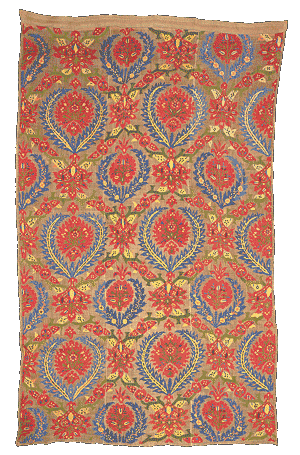
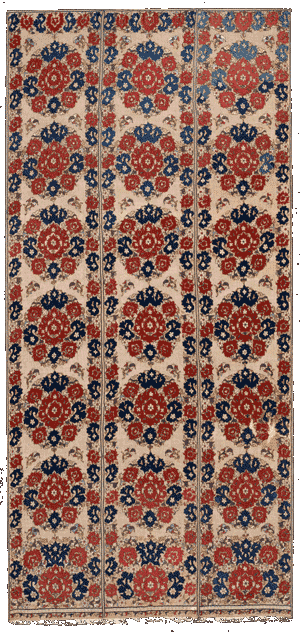
|
Different traditions share the same design roots
Cover, Ottoman, Turkey, Istanbul, 17th century. The Textile Museum 1.42, acquired by George Hewitt Myers in 1927
Curtain, Algeria, Algiers, late 18th–19th century. The Textile Museum 76.1, acquired by George Hewitt Myers in 1924
|
|
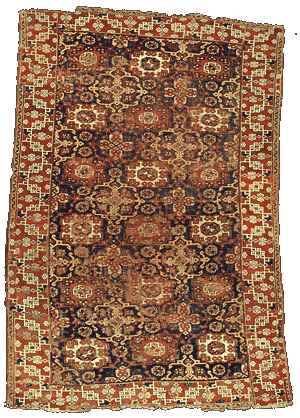
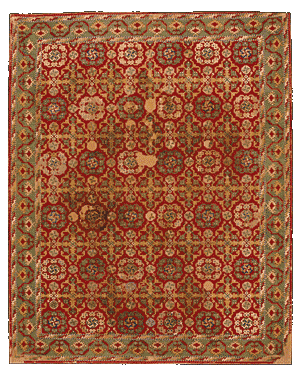
|
Different traditions adapt the same design to different textile techniques
Carpet, Western or Central Anatolia, 16th century. The Textile Museum R34.17.1, acquired by George Hewitt Myers in 1928
Cover or hanging, Europe, possibly Spain, late 15th–16th century. The Textile Museum 84.23, acquired by George Hewitt Myers in 1924
|
|
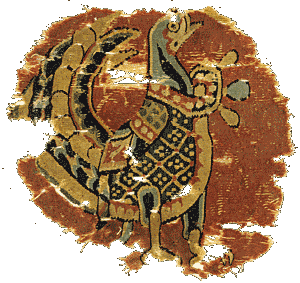
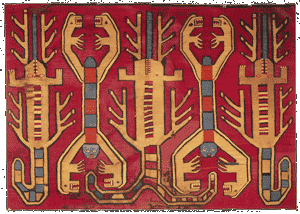
|
Different traditions practice the same weaving technique independently of each other
Textile fragment, Early Islamic in Sassanian style, Iran or Iraq, 8th century. The Textile Museum 73.724, acquired by George Hewitt Myers in 1954
Tunic panel, Nasca-Huari style, Peru, South Coast, Nasca drainage, Las Trancas,
c. 800-950. The Textile Museum 91.150, acquired by George Hewitt Myers in 1932
|
|
|